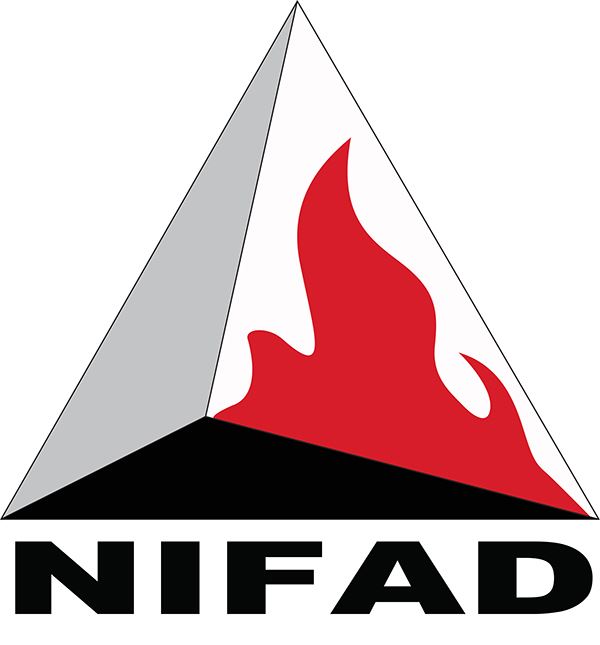| National Independent Fire Alarm Distributors
|
- Home
- RESOURCE CENTER
- e-Resource Center
- Webinars
NIFAD Webinar Schedule |
NIFAD webinars are free for all to attend. To view our Webinar Library, you must login as a member. |
Nov 5, 2025, 1PM EST William Koffel, P.E., FSFPE | Understanding Career Opportunities as a Fire Protection Engineer.Most, if not all of us, have benefited from our careers in fire protection. Unfortunately, too many people do not know what careers exist in fire protection and how to pursue them. From degrees in fire protection engineering, to college credit courses for professional development, to non-credit courses to help one advance their career, the Department of Fire Protection Engineering at the University of Maryland offers all those opportunities. Learn more and help become an ambassador so that our family members and friends can enjoy a career as we have enjoyed ours. Presenters: William Koffel, P.E., FSFPE and Nicole Hollywood Nicole Hollywood is the Associate Director for Undergraduate and Graduate Programs, Department of Fire Protection Engineering, University of Maryland. |
Alarm Transmission - Past, Current and Future of the Alarm Transmission Ecosystem An informative presentation that provides an overview of the Alarm Transmission Ecosystem as well as providing information as to why changes are being made that will enhance public life safety. This discussion is important because the technologies for transmitting alarm, trouble, and supervisory signals from the protected premises to the fire department is changing rapidly. Several of the legacy technologies are becoming or are obsolete. Presenter: Richard Roberts Richar Roberts is Senior Industry Affairs Manager at Honeywell Security and Fire with over 35 years in the fire alarm and life safety markets. His experience spans the installation, sales, and the development of products/systems. Currently, Mr. Roberts is a member of seventeen NFPA Technical Committees, member of several ICC Fire Code Action Committee (FCAC) Working Groups and a member of two Underwriters Laboratories (UL) Standards Technical Panel (STP). He serves on the Board of Directors for the Fire and Life Safety Section (FLSS) of the International Association of Fire Chiefs (IAFC), Safer Buildings Coalition (SBC), Center for Campus Fire Safety (CCFS) and is the Chair of NEMA’s Building Codes Committee as well as a member of the Model Codes Committee of the National Association of State Fire Marshals (NASFM). |
Members Only - Webinar Archives |
Pembroke, Massachusetts 02359 Voice: 781-319-8001 | EMail: CathyTabor@nifad.com
|



